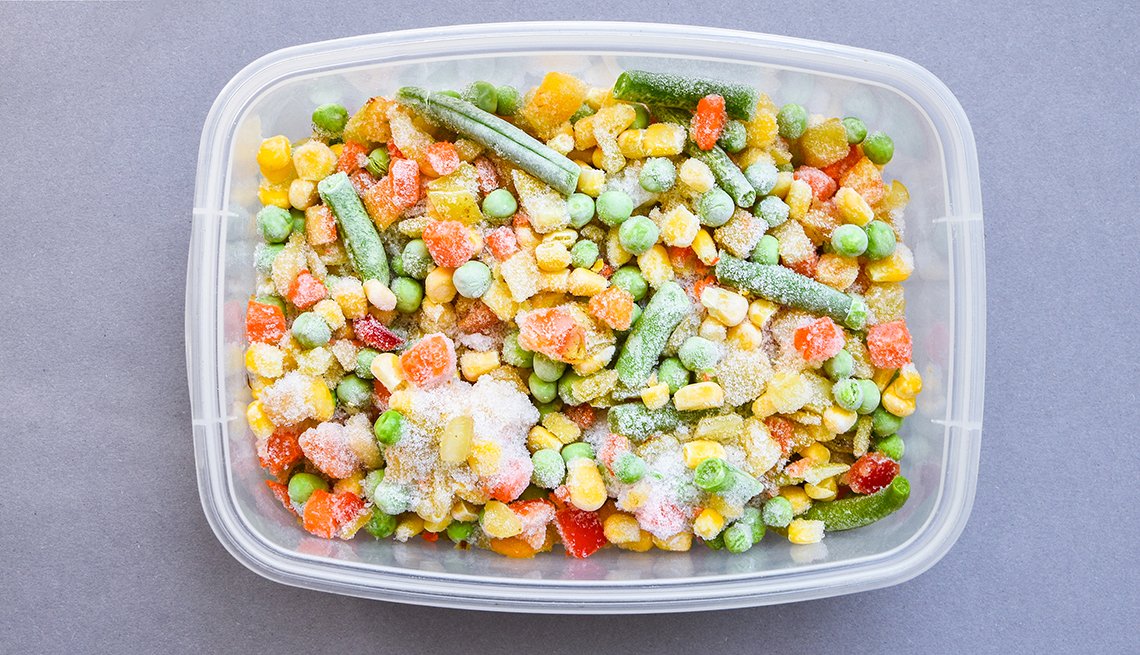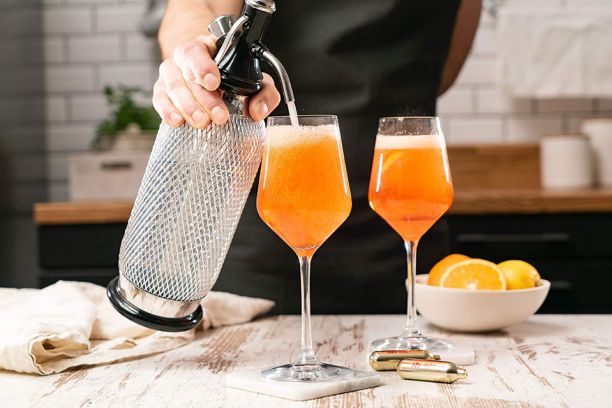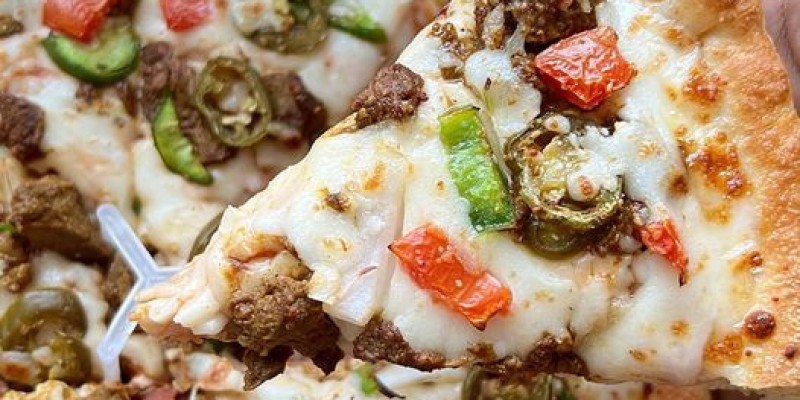An excellent way to store fresh and frozen mixed vegetables is freezing. When we freeze vegetables, it doesn’t sterilize vegetables. It actually prevents the microorganisms from growing due to low temperature. Additionally, freezing also slows down other processes that affect the quality of food. And the quality of frozen mixed vegetables depends on the quality of fresh vegetables along with the freezing method used.
During summers, there are different vegetables that we like to be cooked together. So, to get a mix of summer flavors, you can either get frozen mixed vegetables or can freeze fresh vegetables. At a commercial level, walk-in chillers and bespoke cold rooms provide a cost-effective solution for storage. Because it is important to store mixed vegetables at as low temperature as possible.
If you will not store frozen vegetables quickly and properly after purchase, nutrition will be destroyed due to improper handling. Moreover, the color, taste, and aroma of vegetables will also damage. So, here we have practical frozen mixed vegetable storage strategies that you can use for proper storage.
Table of Contents
Cooling the Mixed Vegetables
After blenching, it is important to cool the vegetables quickly. Add a lot of cold water immediately and change it often. You can also use iced water or cold running water. If you are using ice, make sure you are using for each pound of vegetables at least one pound of ice.
After cooling, drain the vegetables thoroughly otherwise quality of vegetables may get affected due to moisture. You can use either a dry pack or tray pack for packing mixed vegetables after cooling.
Assemble the Containers Properly
Once you have planned to bring frozen mixed vegetables, select the containers you will use. Container selection will depend on the vegetables you are going to freeze. Make sure the containers you are using for frozen vegetable storage must be moisture-vapor resistant and easy to seal. Flexible freezer bags, cardboard cartons, plastic freezer containers, and glass jars suitable for the freezer, etc. can be used.
You can also store the frozen vegetables in the packaging they come. But if during travel to home vegetables left moisture it is recommended to store them in another container.
Use Vacuum Sealers
You can use different containers or bags as mentioned above for freezing your frozen mixed vegetables. But it is preferable to use those containers that can be used with a vacuum sealer. Use the vacuum sealer to seal the bags airtight before freezing. Otherwise the air in the freezer bags will destroy the taste of your frozen vegetables.
Usually, hand-held models of vacuum sealers are economical and come with plastic bags that have zip on the top. You can reuse these bags too. Put the frozen mixed vegetables in, seal the bags, remove air, and put them in the freezer.
Freezing the Frozen Vegetables
For freezing frozen vegetables, the suggested temperature is -18° Fahrenheit. At a commercial level, room cabinet freezers can be used that provide cold airflow for freezing mixed vegetables. Moveable shelves that have small wheels attached are used for placing the mixed vegetables in the freezer. The freezing chamber must have good air flow, so all the vegetables can be kept at the right temperature. Usually, these freezing units store vegetables at -30°C to -40°C and airflow may be parallel or perpendicular.
Must Label Frozen Vegetables Before Storage
If you have bought the frozen mixed vegetables then the name and date will be mentioned already on the packaging. But if this is not the case and you have stored it by yourself, label the containers and packages with the product’s name and freezing date. Freeze at 0°F or lower. If your vegetables are not frozen already, avoid putting them in the freezer at once.
Put the already frozen mixed vegetables in the freezer after adding labels on them and enjoy the prepared vegetables whenever you want.



